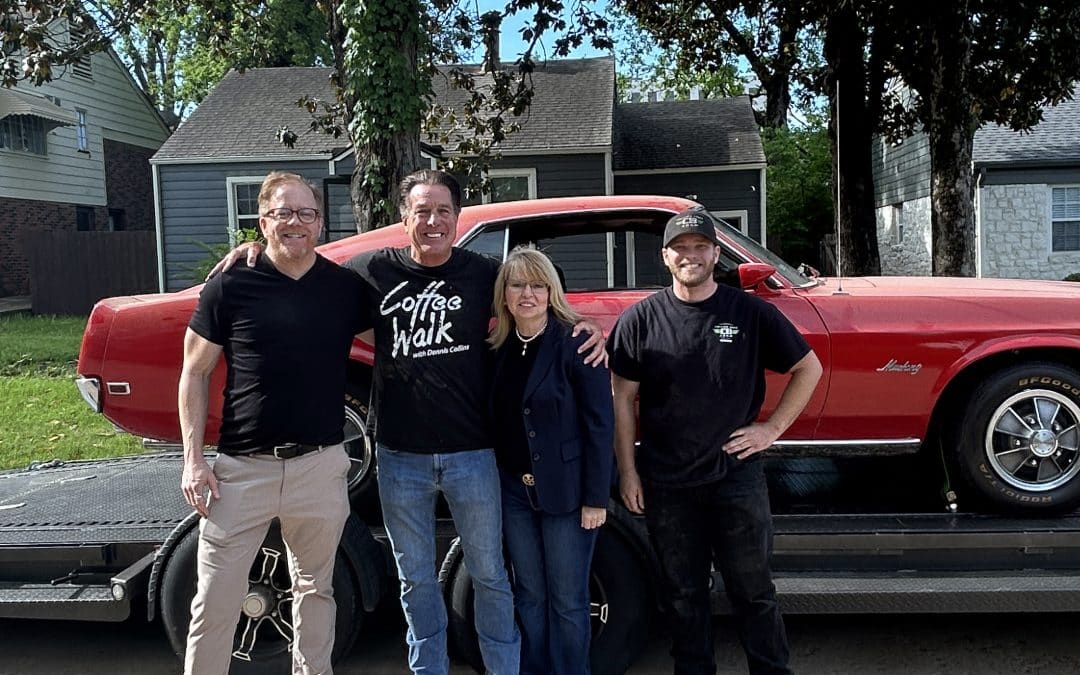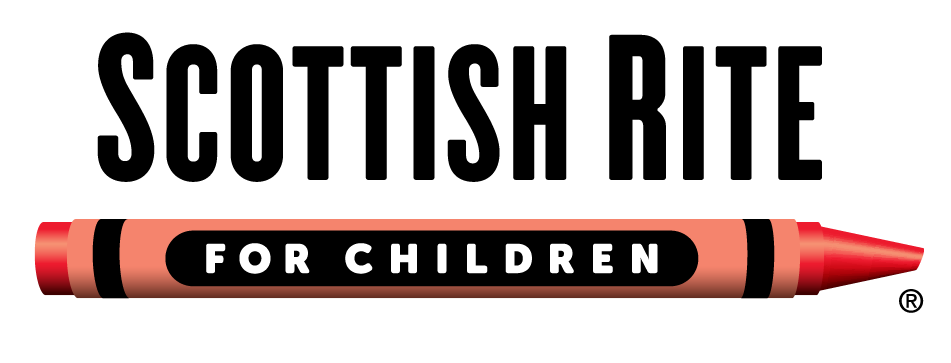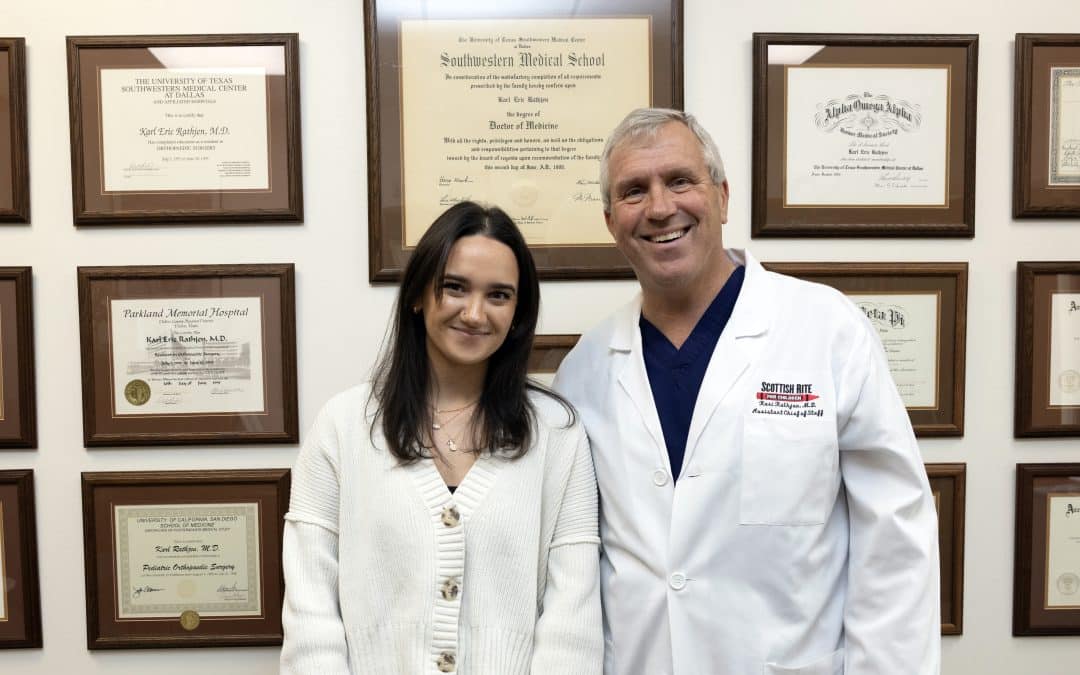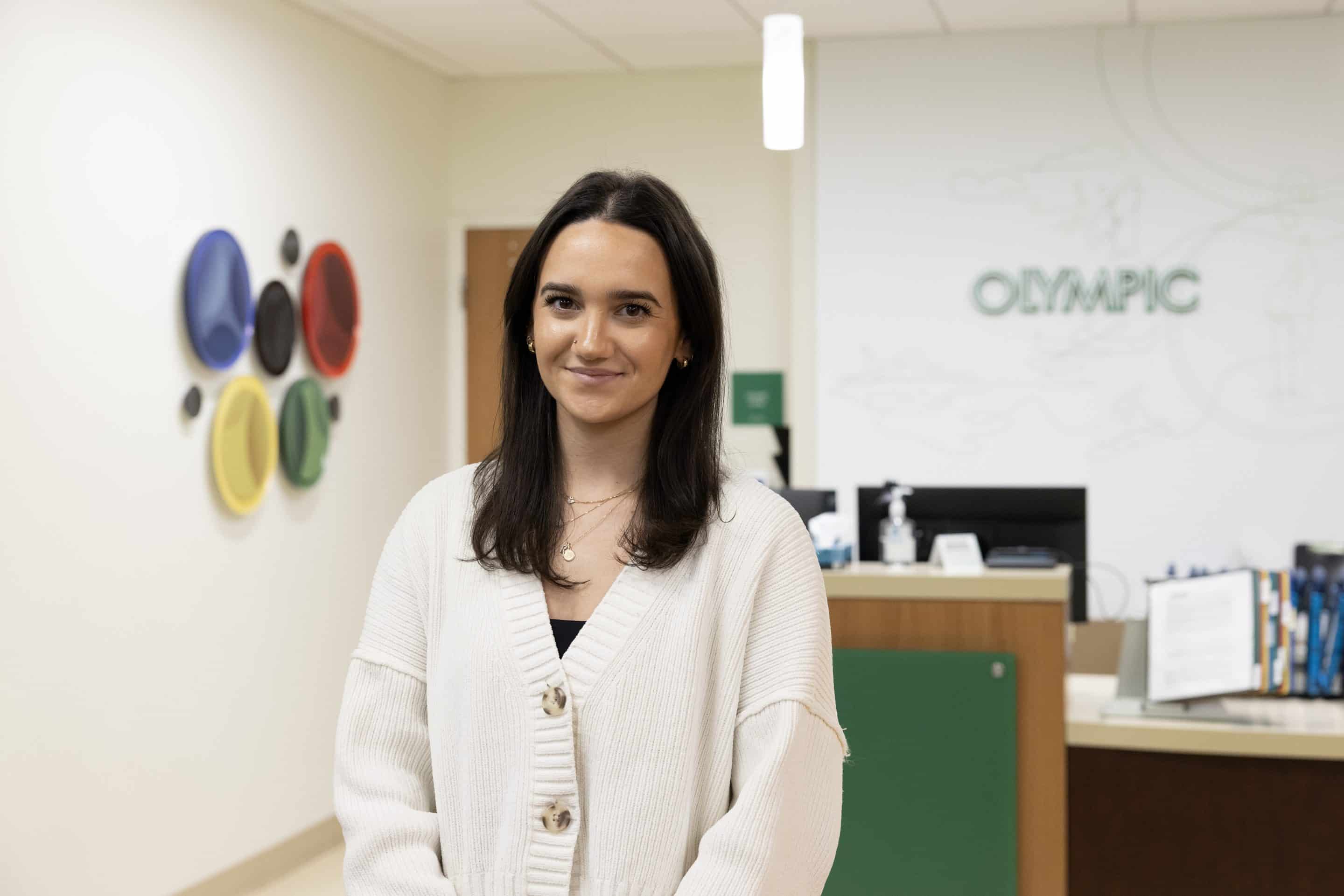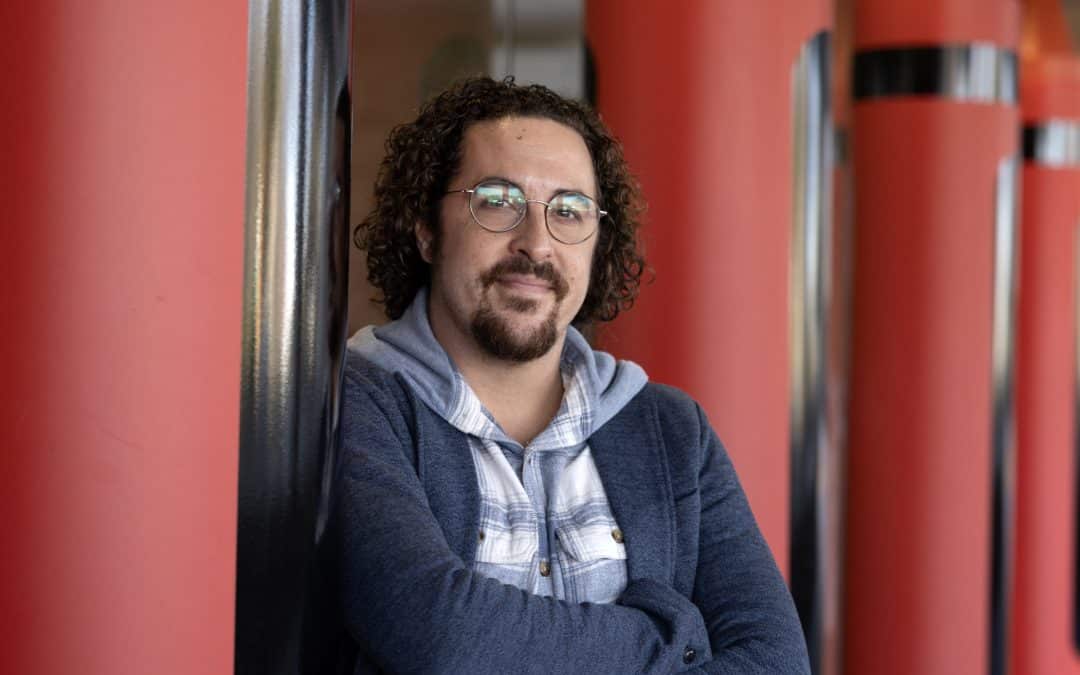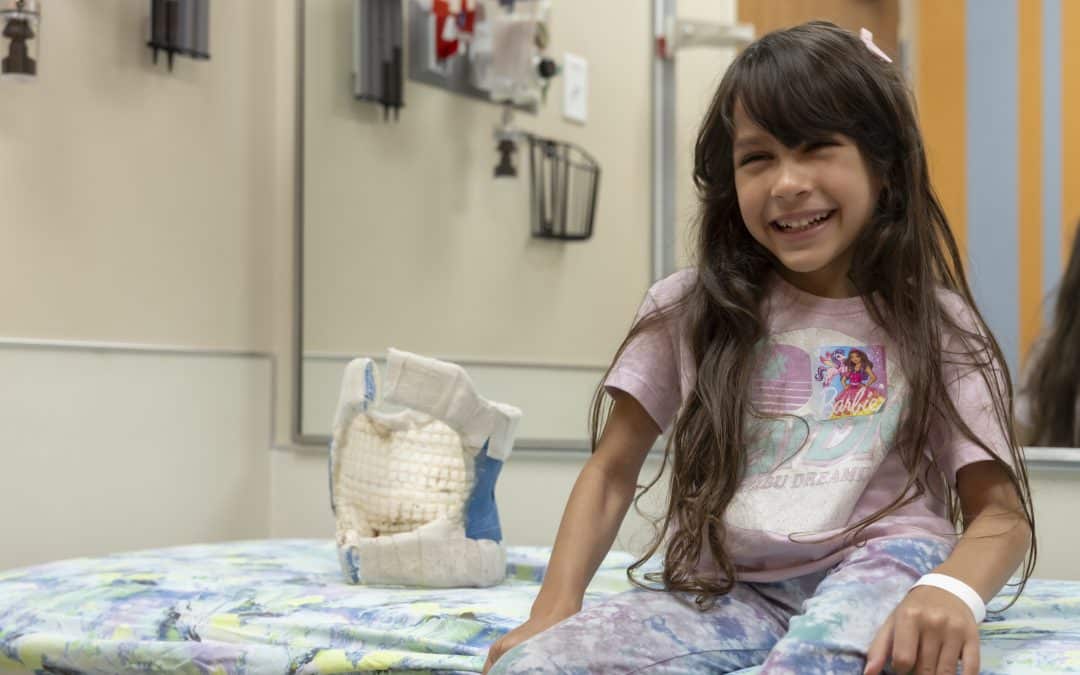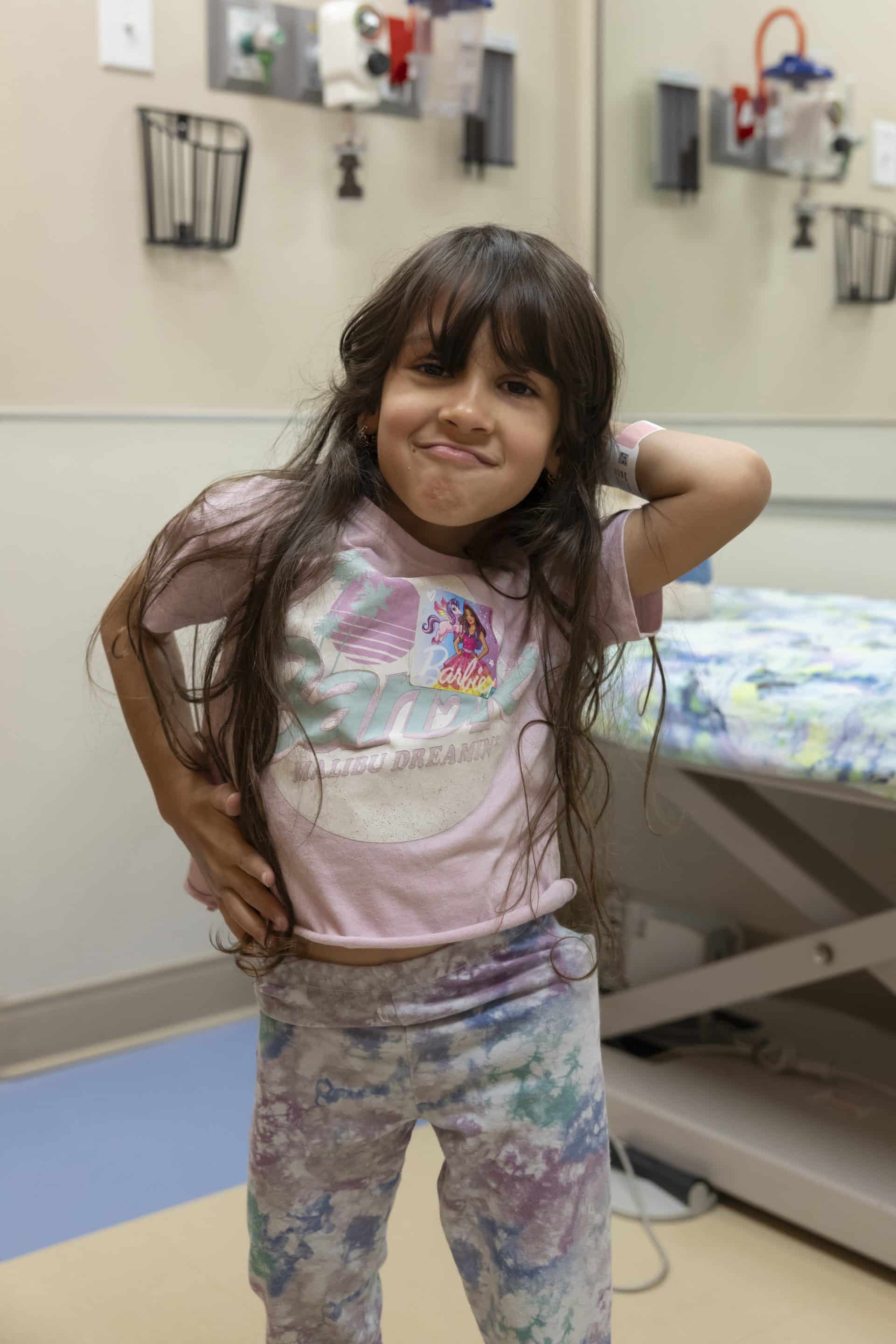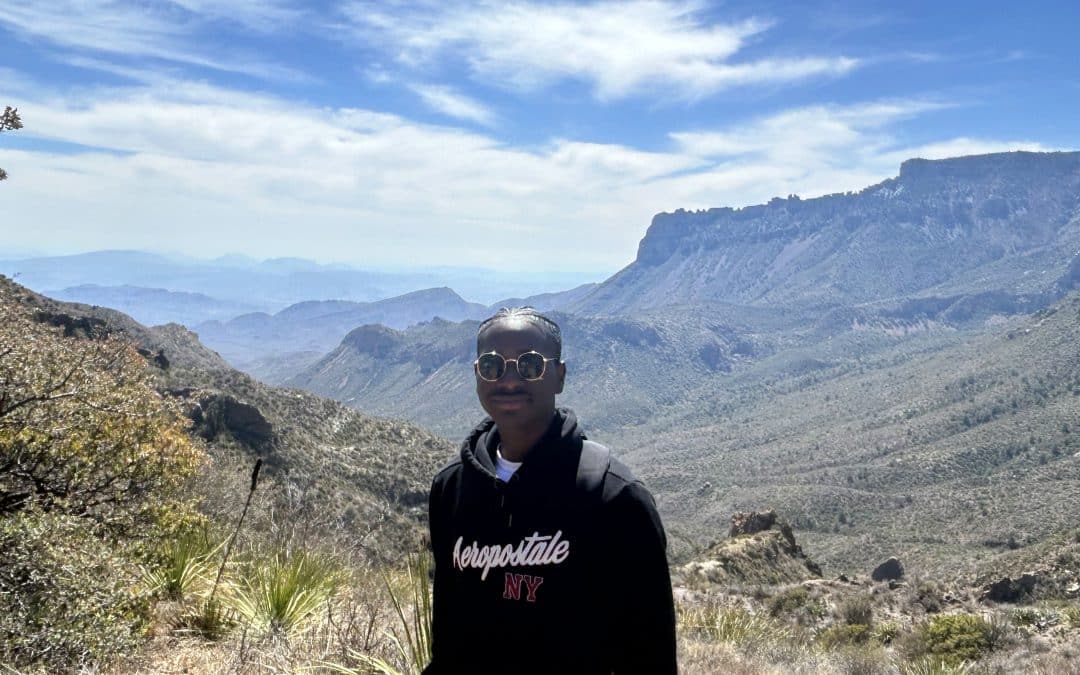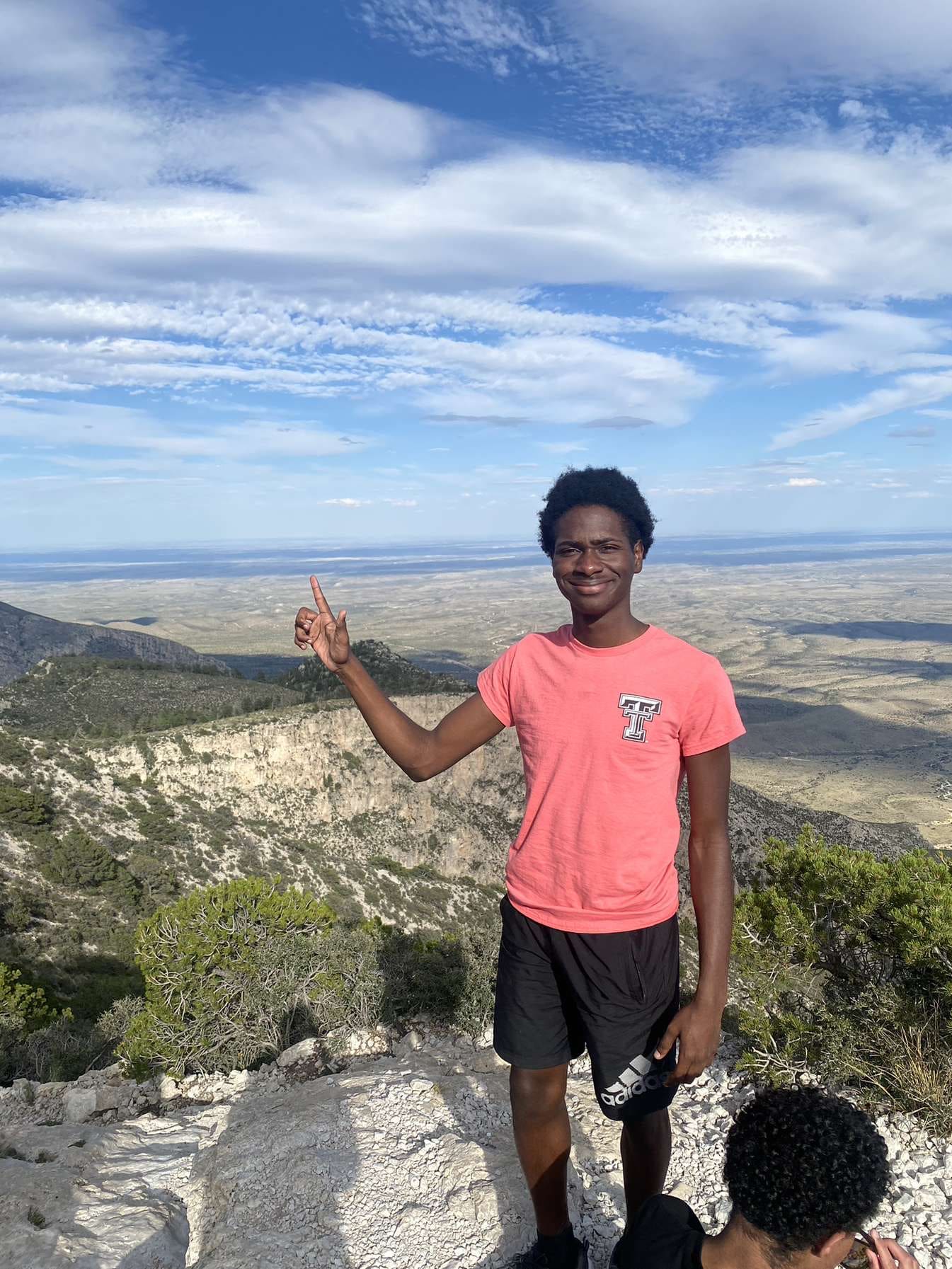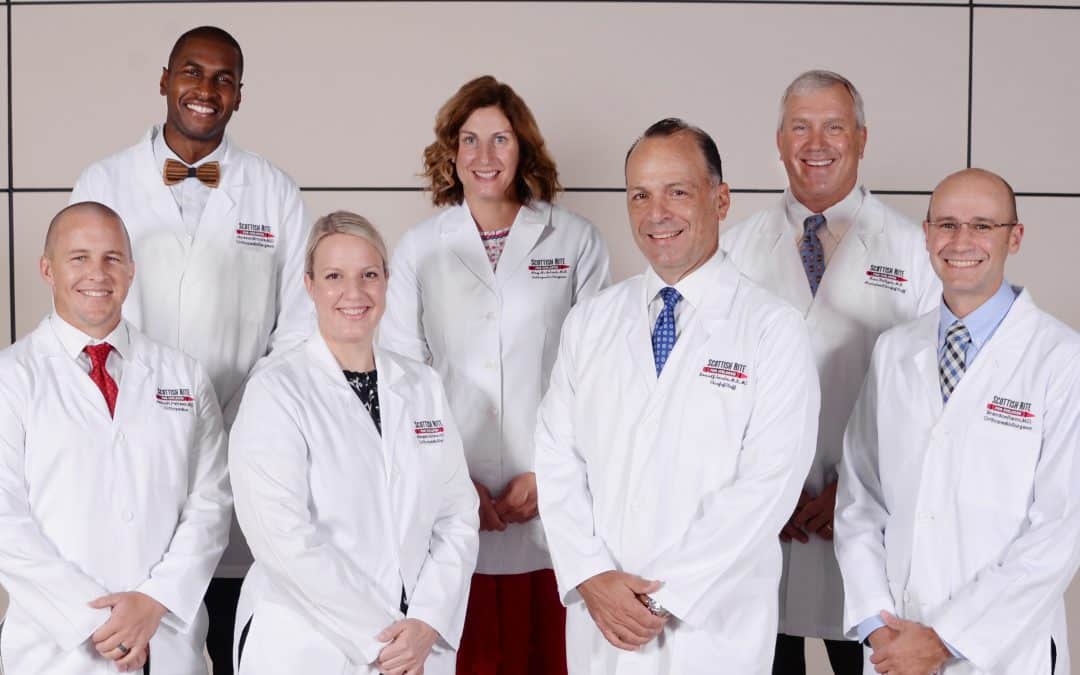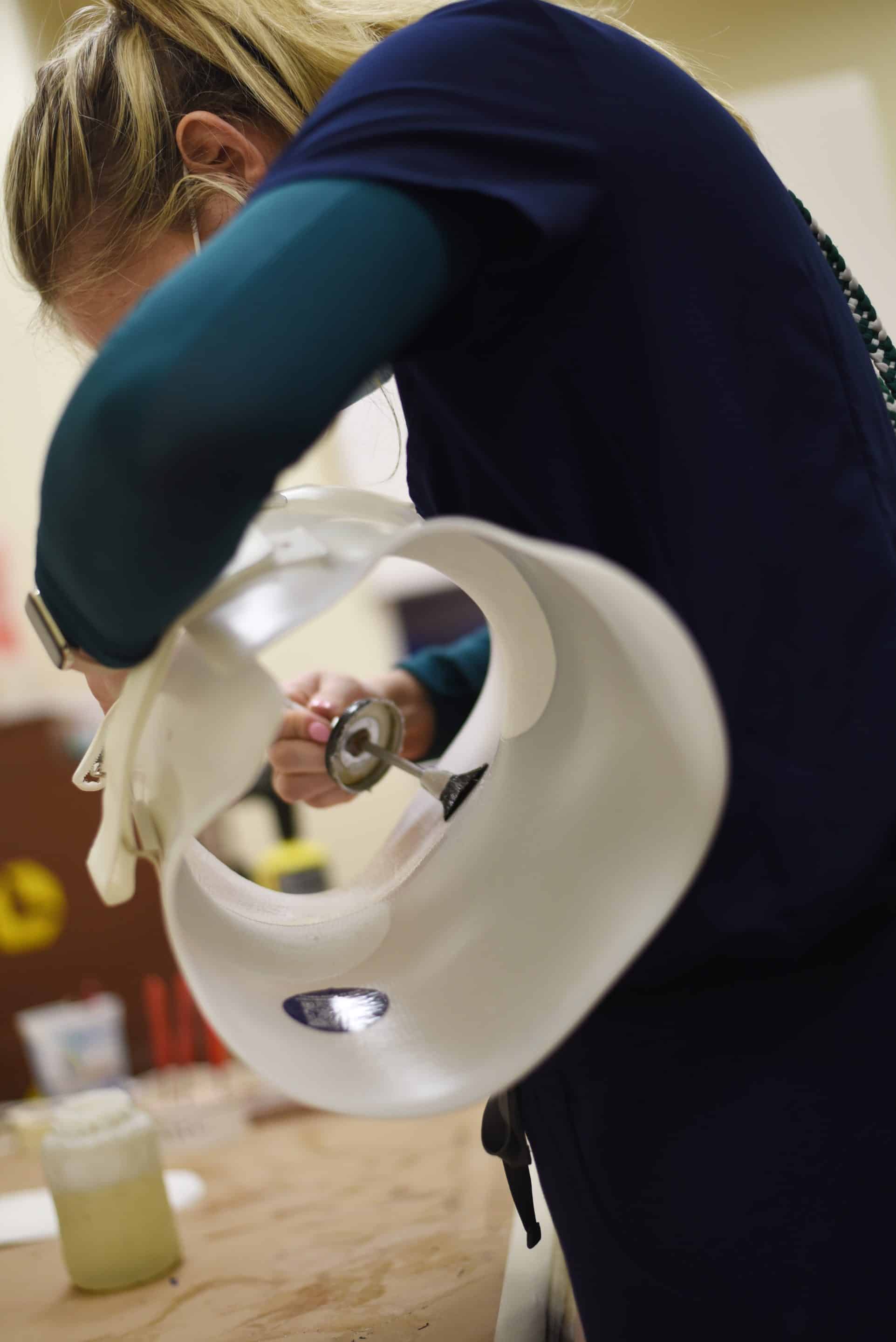Actor, filmmaker and screenwriter Jordan Walker Ross describes Scottish Rite for Children as a place of love and hope. Shortly after Jordan was born, his family brought him to Scottish Rite for cerebral palsy (CP), which affects his muscles and movements. Jordan also developed scoliosis due to his muscle weakness. After years of undergoing multiple hip surgeries, a spinal fusion and recovery in the Inpatient Unit, Jordan recalls only positive memories at Scottish Rite.
“I felt at home at Scottish Rite, even when I was about to undergo a major surgery,” Jordan says. “There was always something happening to help the patients experience something fun and memorable, regardless of whatever pain we were feeling.”
Since age 6, Jordan performed in local theaters and professional productions. However, his condition caused him to develop a limp, which impacted his ability to receive larger roles. This changed in 2018 when Jordan was cast in the TV series “The Chosen,” a historical drama based on the life of Jesus. He plays the role of Little James, who is one of Jesus’ disciples.
“The creator of “The Chosen” made my limp part of my role,” Jordan says. “I used to hide my disability, even feeling embarrassed to call myself disabled. Now, I own it.”
The role of Little James marks a turning point for both Jordan’s career and personal life. Since the success of “The Chosen,” Jordan has received roles in other films and TV shows, like “1883,” “Yellowstone” and “Black Panther: Wakanda Forever.” He credits this to a pivotal scene in season three of “The Chosen” between Little James and Jesus, where Little James asks Jesus why he hasn’t healed him of his condition.
“It was cathartic to perform that scene and to express many frustrations that I’ve had in my life,” Jordan says. After the scene aired, he recalls that people — including patients from Scottish Rite — commented how it helped them feel seen. “I was like, ‘Why don’t I see that in myself?’” he says. “I realized that I had stopped loving myself the way I did back then. Now, I am proud of who I am and what I mean to my community.”
Jordan currently uses his platform to advocate for increased visibility of disabilities in all spaces. From his podcast to public appearances, Jordan promotes self-acceptance for all through his endeavors.
“I have no idea where I would be if it wasn’t for Scottish Rite,” Jordan says. “I refer someone any time I get the chance because Scottish Rite literally changed my life.
